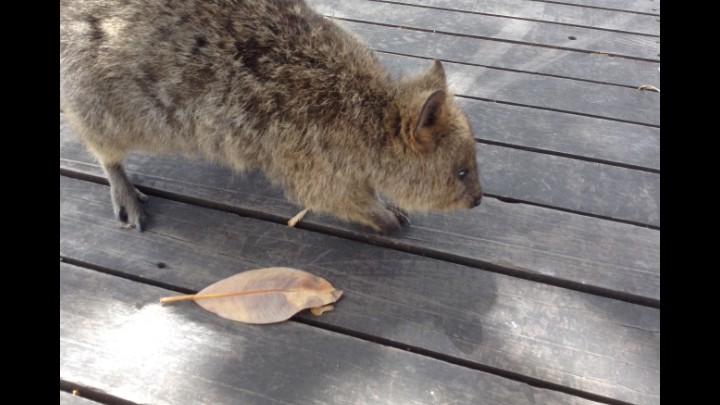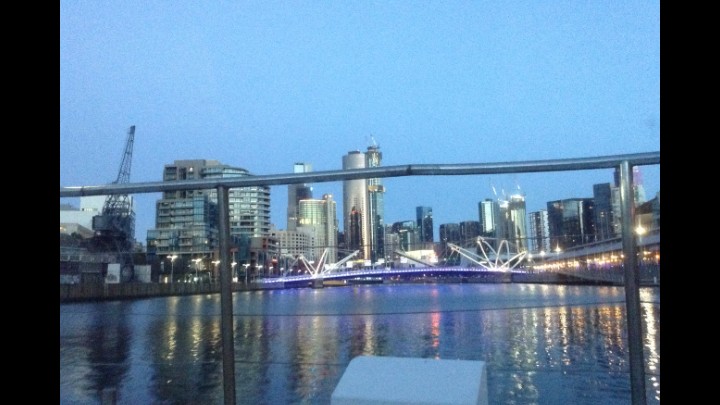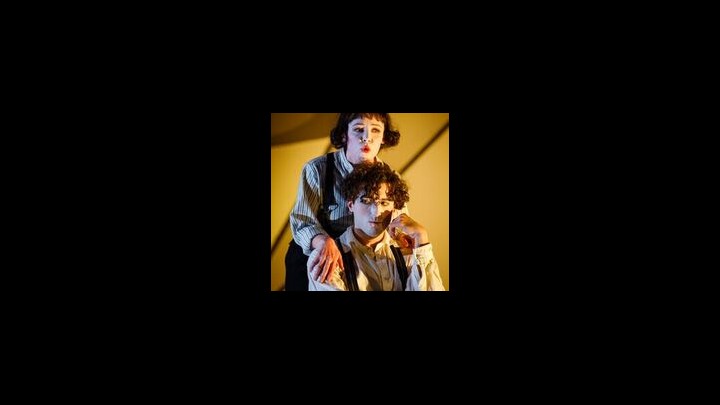
Known to the ancient Greeks as Borysthenes, the Dnieper, flowing through Belarus and Ukraine to the Black Sea, was once part of the Amber Road
This was a waterway trade route that transported, over thousands of years, amber, ‘the gold of the north,’ from coastal areas of the North Sea and the Baltics to the Mediterranean.

Potemkin Steps, Odessa
In the setting sun of mid August, I boarded the Dnieper Princess, a trim four-deck ship moored in Kiev where, according to legend, the apostle Andrew prophesised that ‘a great city will stand on this spot.’ The following day, before setting sail, I disembarked to visit the attractive old town, lying on seven hills, and the oldest of Kiev’s plethora of churches, St Sophia’s Cathedral. (see lead image) This boasts magnificent gilded domes and an ornate bell tower 76m high. Inside, unique frescoes and mosaics date from the eleventh century, there is a fine example of iconostasis and the flooring comprises cast iron tiles.
In the core of Kiev’s vibrant city centre, streets converge on the Maidan (a large square pivotal to protests and revolution) juxtaposed by interesting museums, a botanical garden in full bloom, cafes, restaurants and flourishing art galleries. Not far from the city lies the Lavra — Caves Monastery — a sacred pilgrimage site. Here a bevy of domed churches with their hoard of Scythian gold beckon one inside whilst underground narrow, labyrinthine catacombs, lit only by the light of flickering votive candles, are lined with mummified monks who’d lived and died there as recluses.

Memorial at Babi Yar
Before leaving Kiev it seemed fitting to visit Babi Yar, once a forested ravine, now in the suburbs, where during 1941, Nazis and their collaborators massacred, by machine gun, first thousands of Jews and then others of all nationalities and ethnicity. After the Soviet Union collapsed, memorials were erected on the site.

Birds of the Dnieper Delta
Between 1932 and 1973 the Dnieper was dammed to create reservoirs for irrigation, hydroelectric power stations and five locks and, apart from passing the occasional rowing boat, the quiet of the river was interrupted only by melodious birdsong. The skilful navigation through the deep locks and lift bridges was a feat and it was exciting to visit briefly the ship’s Bridge.

Open Air Cossack Museum
When the ship berthed in Zaporizhia, a visit to an open-air museum deep in a forested area is unmissable depicting as it does the centuries old Cossack way of life by fine examples of decorative and intricate woodwork. A display of stylish Cossack horsemanship and swordsmanship is de rigueur, as costumed riders perform daring manoeuvres and the clang of steel on steel rings through the air.

Playing the Bandura
The next day the ship dropped anchor in Kherson, the largest port on the Dnieper, in the far south of Ukraine. There’s little evidence that it once dated back to the ancient Greeks. Today, it accommodates many churches, important industrial and shipyard projects and the ruins of a fortress founded in 1788 by Potemkin. From here I was rowed in a small boat to the Dnieper Delta to explore a traditional fishing village and sample local food and wine while serenaded by women in folk costume selling homemade Ukrainian handicrafts.

Along the Dnieper River
That evening the ship left the Dnieper to coast into the Black Sea where enormous container ships were chugging through. The weather became decidedly hotter and from the deck I saw dolphins cavorting and jellyfish swarming round hunting for their next meal. The next stop was Vylkove, which couldn’t be further from its nickname the ‘Venice of Ukraine.’ It’s a sleepy place criss-crossed by a network of canals and where villagers still use traditional, multi-coloured fishing boats called chaika to get around, fish and sell the local alcoholic brew known as novak.

Building Iin Odessa
Odessa, the Pearl of the Black Sea, was reached the following day. It’s divinely marked by elegant nineteenth century Parisian style tree-lined boulevards, greens over-flowing with scented roses, impressive neo-classical buildings, aristocrats’ palaces that have morphed into museums, and cliff-top promenades from which the Potemkin Steps sweep panoramically 500 feet down to a bustling harbour. A funicular railway runs parallel if one wants to avoid the climb back. Pushkin, fleeing an angry Tsar who he’d ridiculed, holed up in Odessa for a few weeks where he drafted the first chapter of Eugene Onegin and some poetry. The Odessa Opera and Ballet Theatre was designed in the 1880s by the team that designed the Vienna Opera House and its interior is opulent and stunning. It’s here that I saw danced the best performance of Giselle ever.

Revutskyi Male Voice Choir - A capello performance
Typical tasty Ukrainian fare consists of borsch made with beetroot, herbs, pork fat topped with a dollop of sour cream, pampushky — soft bread rolls rubbed with oil and garlic and then fried, holubtsy which are cabbage rolls stuffed with steamed rice and minced meat and cooked in a tomato sauce and varenyky, a kind of dim sum, that are crescent shaped dumplings with a variety of many different fillings, again served with sour cream. And I can recommend the beer.











